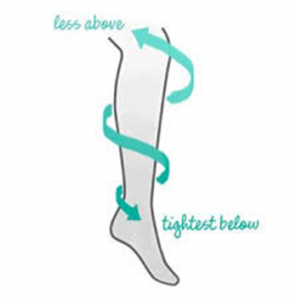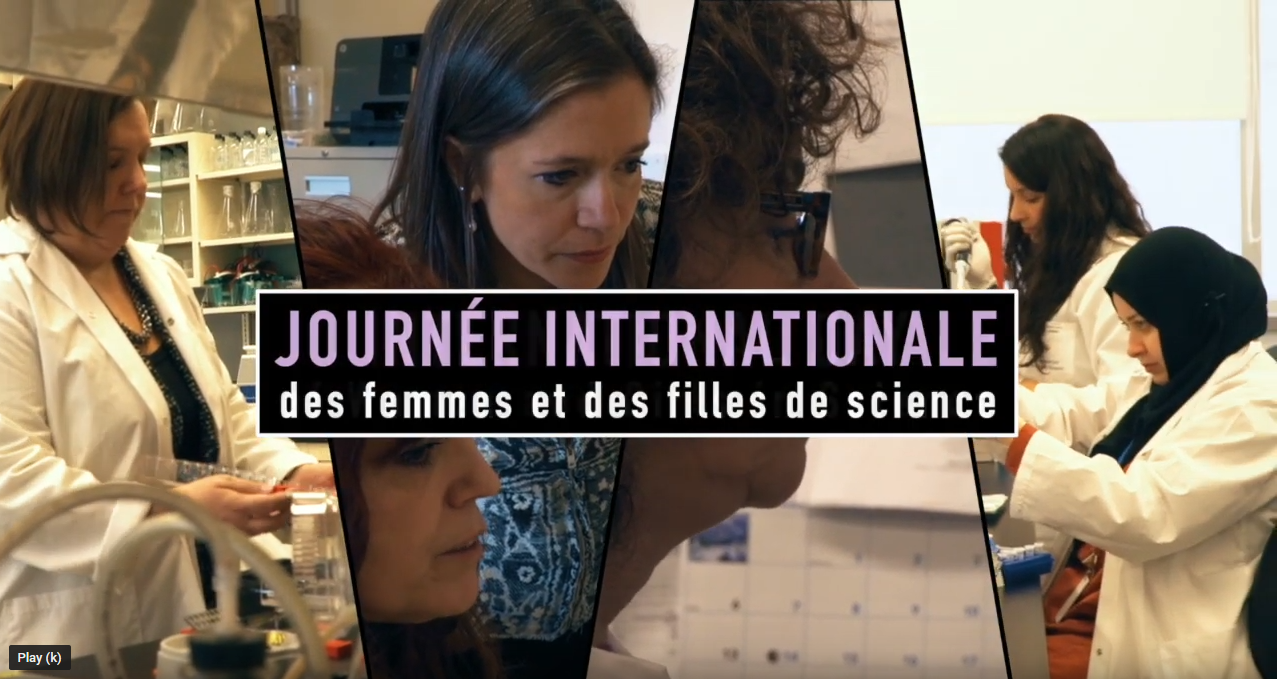How do Graduated Compression Stockings (GCS) work?
GCS work by putting pressure on the veins in your leg which helps improve the flow of blood back to your heart where it is re-oxygenated. They are called graduated compression stockings because the pressure is greatest at your ankle and decreased further up your leg.
GCS come in knee-high or full-length. If the leg swelling is below the knee, then a below-knee stocking is appropriate, but if swelling also involves the thigh, then an above-knee stocking may be needed. Your health care provider will indicate on the prescription which length is right you. At the specialized store where you purchase the GCS, your leg will be measured and it should be individually fitted to ensure a correct fit.

Thrombo-Embolic-Deterrent Stockings also known as TED-stockings (white surgical stockings) are not sufficiently tight as they have less than the required pressure compared to the GCS and are not useful to prevent or treat the swelling after a DVT. TED- stockings are only meant to be worn by people who are post-operative or bed ridden to prevent blood clots.
How do I put on Compression Stockings?
Compression Stockings are designed to be tight. They can be difficult to put on and take off and you may need someone to help you, but the benefits of the stocking can be worth the effort of putting them on.
To make it easier: Make sure your skin is dry. If you use a lotion, be sure it is completely absorbed before putting on the stocking. Talcum powder can help make the stocking glide on more smoothly. Medical supply shops carry devices and 100% rubber gloves which can help guide the stocking smoothly over the leg, so ask about ‘stocking aids. Insert your hand into the stocking as far as the heel pocket and turn the stocking inside out. Carefully slip your foot into the foot portion and ease the stocking over your heel – make sure your heel is centred in the heel pocket. Bring the rest of the stocking over your heel and up around your ankle and calf, gently pull the stocking up the leg and smooth out any creases. Knee-high stockings – the top of the stocking sits below your knee. Thigh-high stockings – the top of the stocking rests below your buttocks. Do not fold or roll down your stockings while wearing them – this can affect how well they work and may restrict blood flow through your legs. Also if your stocking keeps falling or sliding down, you probably need a shorter stocking or a different size. Replace compression stockings as needed. Over time, the fabric will lose its elasticity. Stockings usually last about 6 months.
How do I wear Compression Stockings?
For maximum effectiveness, you should begin wearing compression stockings as soon as possible after being diagnosed with a DVT – sometimes within one week and once the initial more pronounced swelling has decreased. These GCS need to be prescribed by your doctor. Put compression stockings on first thing in the morning before you start moving around when your leg is less swollen. Remove stockings at bedtime. There is no need to wear them at night. Most stockings are sold in pairs, but you need only to wear a stocking on the leg affected by the DVT. You should wear compression stockings every day for as long as they continue to make your leg feel better. Every day check the condition of your skin. When checking your skin you need to look out for: sore marks at the top of your legs, blisters or discolouration, especially on your heels or ankle bones. If you notice any of these signs, or you’re worried, do not put your stockings back on and call the Thrombosis Secretary in CETAC for an appointment (514- 340-8222 ext. 23444).




